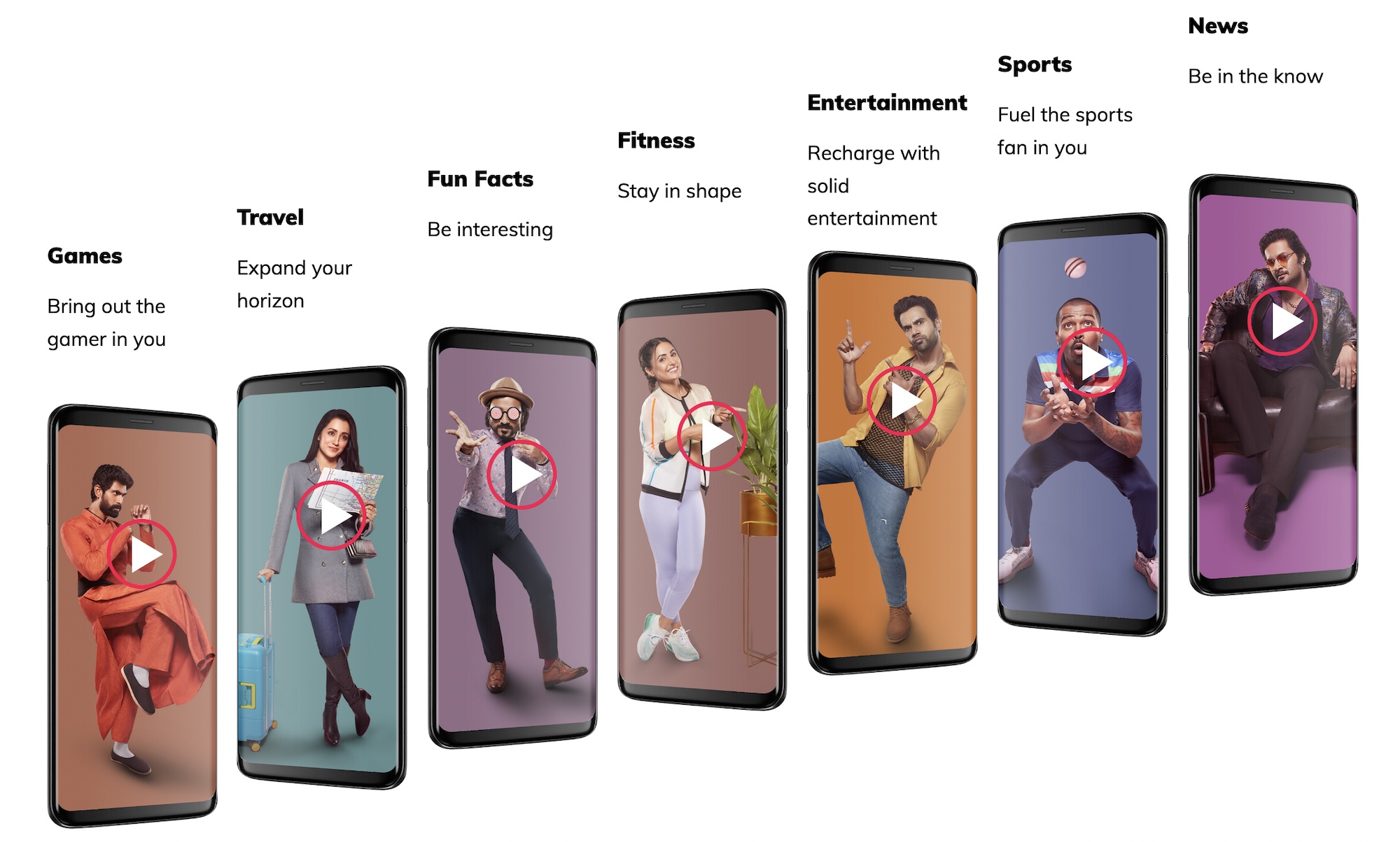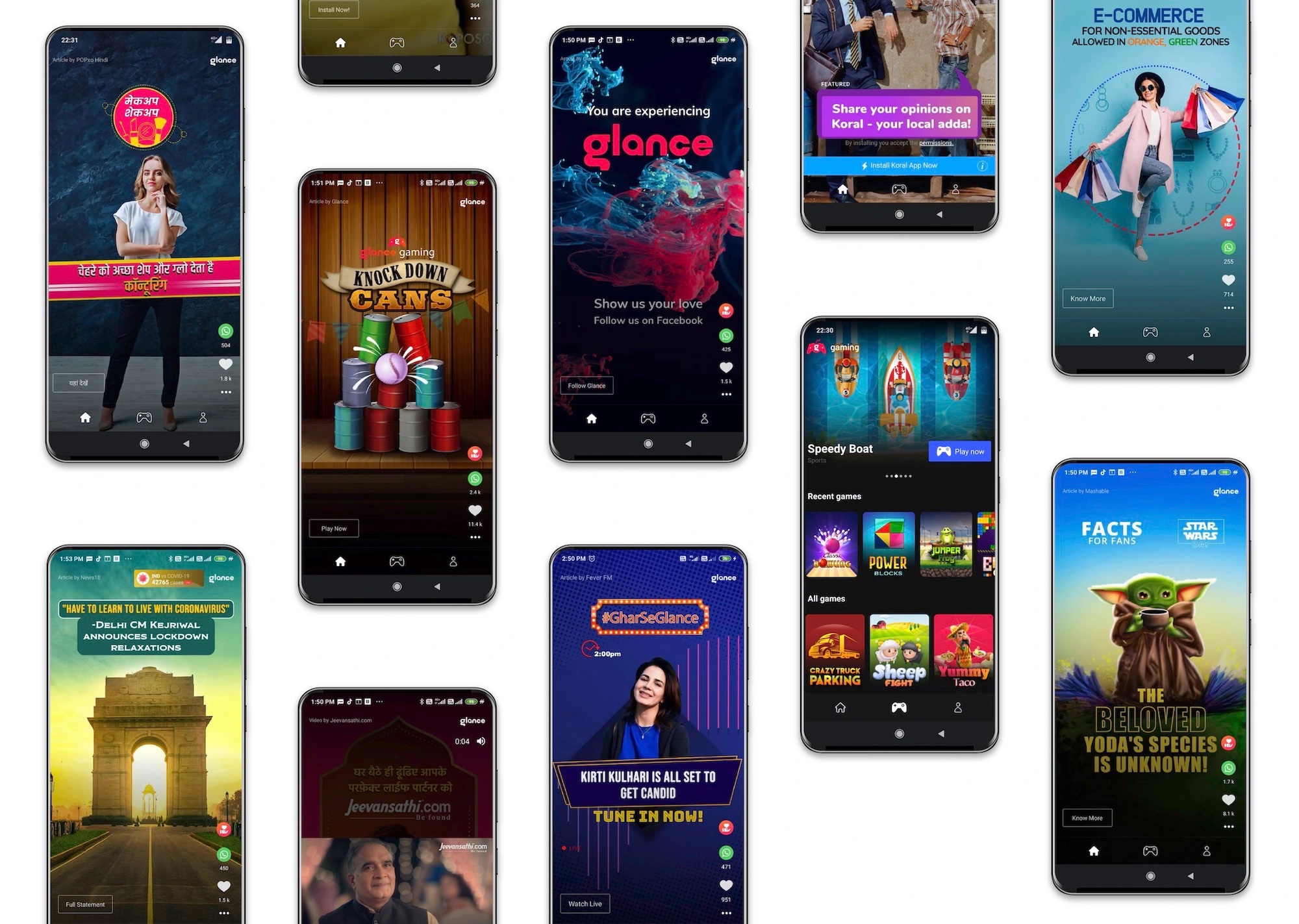
Eventually, the most direct route to the attention of a news consumer will be some sort of Orwellian brain implant.1 Maybe in 10 years, it’ll be some annoying Zuck-like NewsBot who trundles up to you in the metaverse with a headline. And maybe by, oh, 2025, it’ll be an alert beamed inside the lenses of your Apple Glasses.
But for now, it’s still the phone in your pocket — the information source we take with us everywhere, the one we give some level of permission to interrupt us throughout the day. And those interruptions, push notifications, are the best tool a news app has to offer something tap-worthy to a user who hasn’t explicitly asked for it.
Don’t want to interrupt your user? There’s another option that is both old and new: the home screen itself, in the form of app widgets.2 Widgets don’t nudge you in the same way that a push notification does. But they don’t require an affirmative user action in the way that launching a news app does. All you have to do is look at your phone’s home screen, something I suspect you do 82,534 times a day.
But even a home screen widget still requires you to unlock your phone — something you do all the time, sure, but still only a fraction of the times that you look at your phone. And in some places, especially in Asia, there’s an even less user-demanding way to put news in front of eyeballs — putting it on the lock screen itself.
There’s an interesting recent report from Oxford’s Reuters Institute for the Study of Journalism that looks at lock screens as a delivery device for news — specifically in the context of Glance, a startup based in India.
(Significant potential bias alert! The author of said paper, Christine Franciska, is managing editor of Glance! She wrote it as part of a fellowship at the Reuters Institute. So maybe feel free to turn down her level of enthusiasm as notch or two — but it’s an interesting concept nonetheless.)
While we need to ask about what motivates them to find news, we also need to ask how they find news on their phone. How many taps, clicks, and swipes before they read a news article on their device? And what does this process mean for news consumption on mobile?…There are two known features for news distribution on lock-screen: push notifications and wallpaper stories. While push notifications have been used for many years to deliver news alerts, wallpaper stories are more recent and currently only available on selected Android devices.
Wallpaper stories are an opt-in phone feature (not an app) offering dynamic and design-led lock-screen content that updates throughout the day. It is currently provided by Glance in India (on Xiaomi and Samsung devices) and Indonesia (currently on Xiaomi only). Xiaomi and Samsung in India account for a 40% market share in a country with a population of 1.3 billion, according to latest Counterpoint Research stats. Lock-screen content is also available on some smaller OEMs like Oppo and Vivo, who employ in-house content management teams.
I chose to focus on Glance because I work for the company’s Indonesian newsroom and have good access, and because it is the largest operator in this field with 115 million daily active users (DAUs) in India and Indonesia. To put this in context, YouTube has 225 million and Facebook has 290 million active users in India.
I don’t know about you, but I sit up a little straighter whenever I hear “115 million daily active users” about something news-related. The company is now valued at more than $1 billion, with a recent $145 million round of investment from, among others, Google and Peter Thiel (yeesh).
Glance’s model is to make deals directly with phone manufacturers, like the aforementioned Xiaomi and Samsung. Instead of a lock screen cluttered with dozens of alerts, people using their phones get something like this:

The lock screen shows a single thing — a Bollywood story, a casual game, a sports score, a recipe to make — to the user. It’s hardly the stuff of Pulitzer Prizes, but according to Glance’s numbers, 20% of the content consumed on its lock screens is national or international news, behind only entertainment (22%) and ahead of nature (11%), sports (10%), and travel (8%). Glance says 76 million Indians get their daily news from its lock screens.
Is this a product for a news junkie? Oh hell no — I’d be uninstalling it from my phone as soon as possible. But it’s a product for the mass audience that has no news apps installed and rarely seeks out headlines on their own. (The news finds them, you might say.)
Over the past decade-plus, news companies have made better and better tools for their most engaged readers to get news — especially as they’ve shifted toward a revenue model, digital subscriptions, that relies almost entirely on those engaged readers. But they’ve been pretty terrible at creating a better experience for the news-finds-me, news-averse, or even news-neutral audiences. There’s a huge role to be played by the companies that control the smartphone experience — Apple and Google, which control the operating systems, and the Android phone manufacturers which control much of the interface — in improving the incidental news diets of those people.
I bet a lot of news organizations worldwide would find themselves nodding to this comment from an Indonesian news org:
For IDN Times, a digital-born news outlet in Indonesia, push alerts are only beneficial for maintaining a very small segment of its audience, because most of them do not use the app. “Of 40 to 50 million monthly active users, only around 140,000 to 150,000 users access our news via mobile app,” said Dhany Damara, Product Marketing Associate at IDN Times. “We conducted a study and found that most Millennials and Gen Z do not feel any urgency to download news apps. They are satisfied enough by consuming news on social media and occasionally go to the mobile website if they want to find out more.”
Glance is by no means alone in this effort — there are other competitors in Asia, and Axel Springer/Samsung’s Upday is a spiritual cousin. But the scale of its reach — and its success in putting real, legitimate headlines in front of even the most casual of news consumers — makes it worth a look. As Franciska puts it:
The next innovation in news distribution and consumption is not likely to come from Facebook, Google or even Apple. Pay close attention instead to the mobile network operators, handset manufacturers, and the companies they partner with in an attempt to “hack” the app ecosystem…In the battle for attention, news inevitably should come to users, not the other way around. The trend is shifting from search to discovery, and the race is fierce…
[Something like Glance] offers a fast lane to news consumption. Users do not need to click four to five times to access the content, but can instantly read the whole story by double-clicking on push alerts or swiping and clicking the wallpaper stories.
As a public space, news selection on lock-screen has very high standards. News delivered on this space tends to bear the best interests of the community. In an increasingly partisan world, this may be a helpful characteristic.
Lockscreen news offers a return to incidental news exposure in a curated news space. This can contribute to audiences who read more widely and a have a better understanding of the broader world around them. Because it is incidental and curated, quality standards are more likely to be strictly enforced.